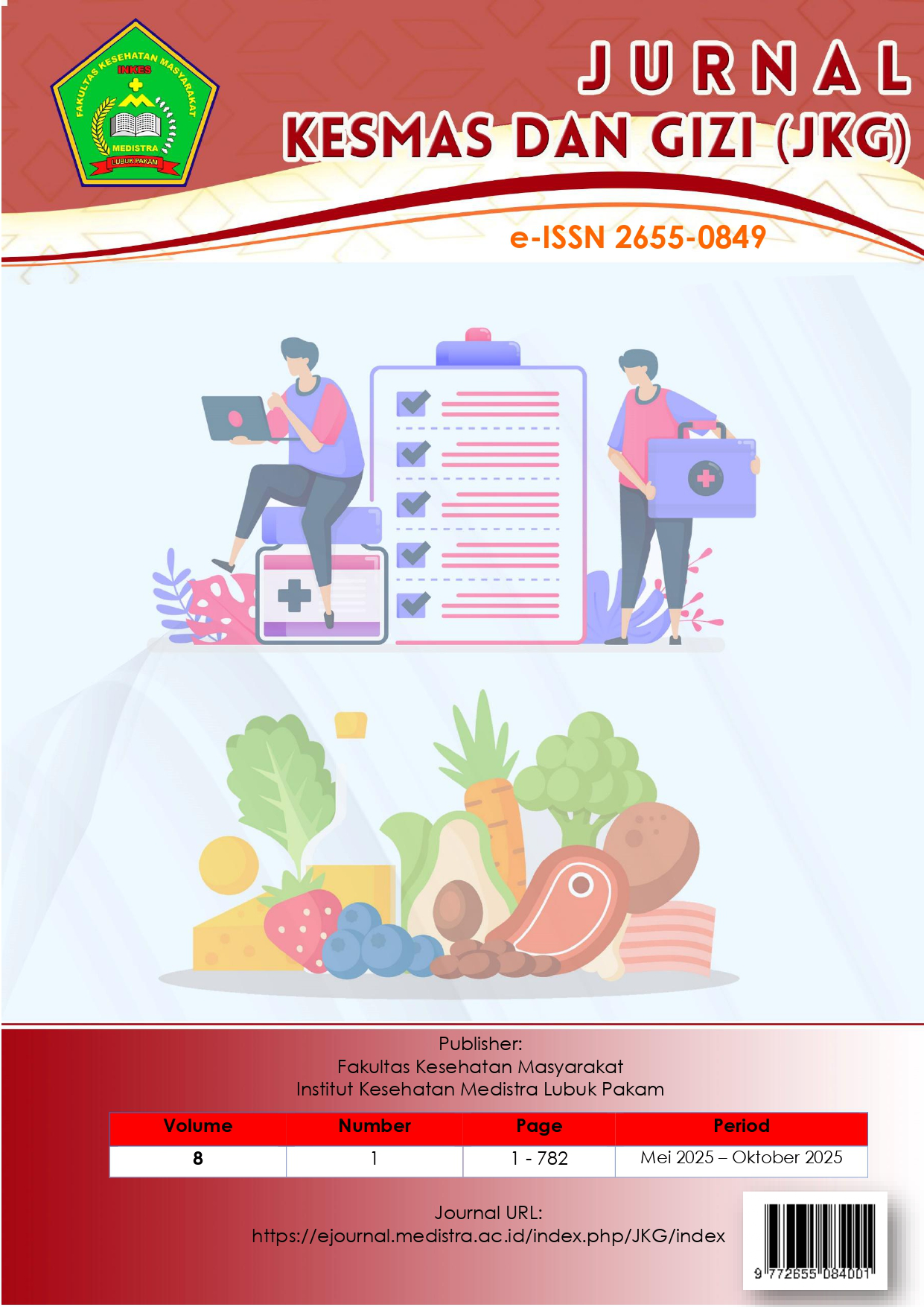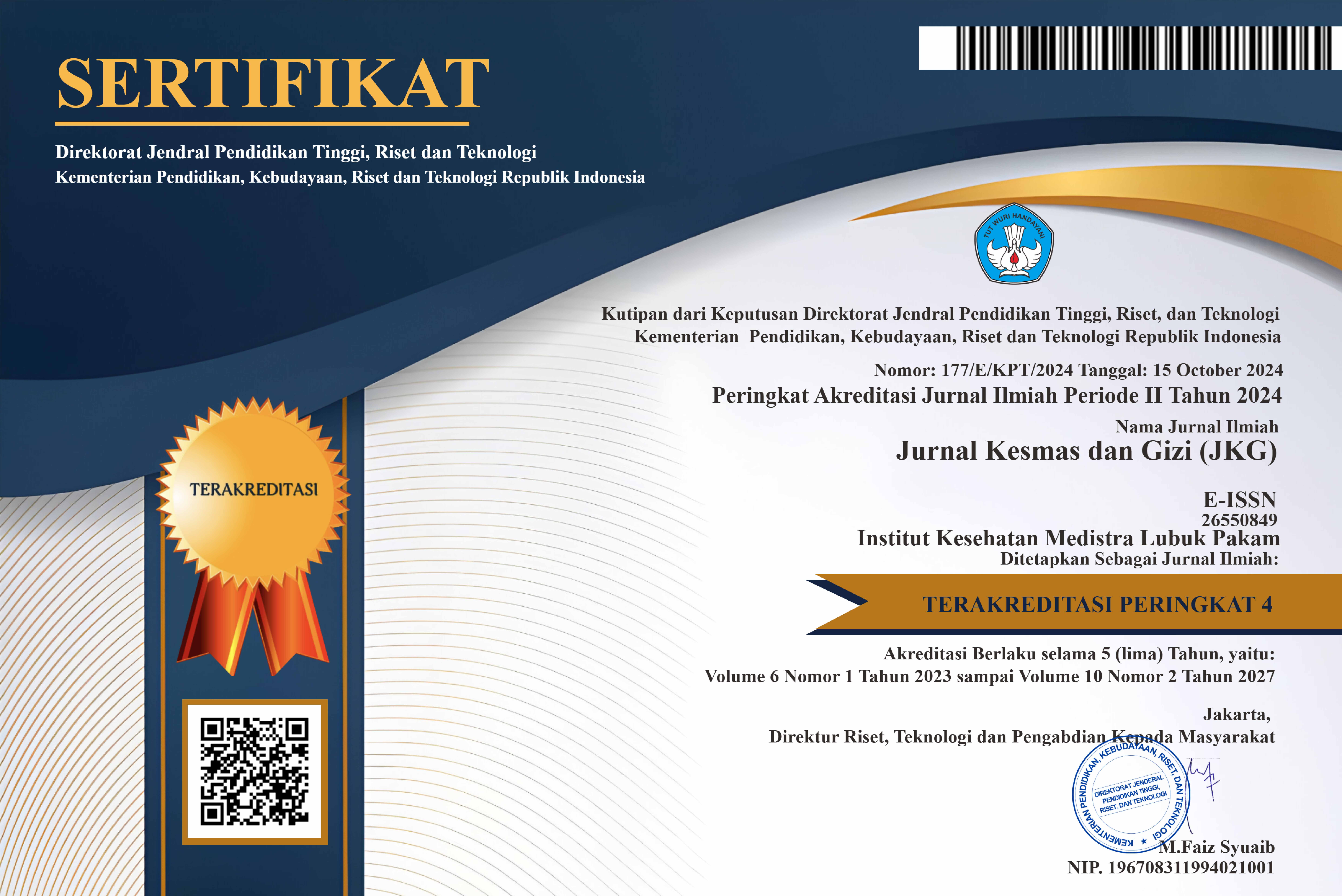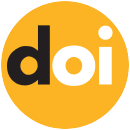The Influence of Betawi Cultural and Social Factors on Food Choices Among Breastfeeding Mothers at the Cilincing Subdistrict Public Health Center, North Jakarta
DOI:
https://doi.org/10.35451/5h0zw939Keywords:
Breastfeeding Mothers, Food Selection, Betawi Ethnic Group, Socio-Cultural, Mixed MethodAbstract
Background : Food choices among breastfeeding mothers are influenced by various factors, including the socio-cultural background of the surrounding community. Objective : This study aims to examine the socio-cultural factors of the Betawi ethnic group related to food selection among breastfeeding mothers in the working area of the Cilincing Subdistrict Public Health Center, North Jakarta. Research Methode : This research employed a mixed method design. The quantitative component used an observational analytic approach with a cross-sectional design, involving 66 breastfeeding mothers selected through purposive sampling. Data were collected using questionnaires and analyzed using chi-square and logistic regression tests. The qualitative data were obtained through in-depth interviews with three main informants and two key informants, then analyzed thematically and presented in narrative form. Result : The quantitative findings revealed significant associations between food choices and family support (p=0.002), knowledge (p=0.018), education (p=0.039), and socioeconomic status (p=0.001). Socioeconomic status emerged as the most dominant factor based on multivariate analysis (p<0.05). The qualitative findings identified several major themes: dietary restrictions imposed by family members, dependence on traditional information, belief in myths, and economic limitations affecting food and beverage choices during the breastfeeding period. It is recommended that future research further explore other local cultural factors influencing breastfeeding mothers' dietary behaviors and develop nutrition education strategies rooted in local wisdom.
Downloads
References
[1] Rachmayanti, R. D., Kevaladandra, Z., Ibnu, F., & Khamidah, N. (2022). Systematic Review: Protective Factors from the Risks of Stunting in Breastfeeding Period. Jurnal Promosi Kesehatan Indonesia, 17(2), 72-78.
[2] Radharisnawati, N. K., Kundre, R., & Pondaag, L. (2017). Hubungan pemenuhan kebutuhan gizi ibu dengan kelancaran air susu ibu (asi) pada ibu menyusui di puskesmas bahu kota manado. Jurnal Keperawatan, 5(1).
[3] Rafsanjani, T. M. (2018). Pengaruh Individu, Dukungan Keluarga, dan Sosial Budaya Terhadap Konsumsi Makan Ibu Muda Menyusui (Studi Kasus di Desa Sofyan Kecamatan Simeulue Timur Kabupaten Simeulue). AcTion: Aceh Nutrition Journal, 3(2), 124–131.
[4] Rahmawati, A. (2020). Faktor Internal Dan Eksternal Yang Berhubungan Dengan Pola Makan Ibu Menyusui. Jurnal Perawat Indonesia, 4(2), 351.
[5] Simamora, L., & Yun, D. C. (2022). Hubungan Pengetahuan, Pendapatan Dan Makanan Pantangan Dengan Pola Makan Pada Ibu Nifas. Indonesian Health Issue, 1(1), 121-130.
[6] Sudargo, T., Wahyuningtyas, R., Prameswari, A. A., Aulia, B., Aristasari, T., & Putri, S. R. (2022). Budaya makan dalam perspektif kesehatan. Gadjah Mada University Press. https://books.google.co.id/books?id=fPx5EAAAQBAJ
[7] Telaumbanua, M. (2022). Analisis Faktor-Faktor Yang Mempengaruhi Kelancaran Produksi Asi Di Puskesmas Lahewa Timur Kabupaten Nias Utara (Doctoral Dissertation, Institut Kesehatan Helvetia Medan).
[8] Wardani, Y. S., Megawati, G., & Herawati, D. M. D. (2021). Asupan Gizi Dan Pola Makan Ibu Menyusui Asi Eksklusif Di Wilayah Kerja Upt Puskesmas Ibrahim Aji Kota Bandung. Gizi Indonesia, 44(1), 65–76.
[9] Widiastuti, Y. P., & Ramayanti, E. D. (2022). Tingkat pengetahuan ibu menyusui berpengaruh terhadap upaya untuk meningkatkan produksi ASI selama pandemi COVID 19. NURSCOPE: Jurnal Penelitian Dan Pemikiran Ilmiah Keperawatan, 7(2), 97-106.
Downloads
Published
Issue
Section
License
Copyright (c) 2025 Rismawati Hutapea, Dr. Harris Rambey, Ika Nursaputri., SST., M.Keb, Dr. Reni Aprinawaty Sirait, Desi Deria Yosepha Ginting., S.Si., M.Kes

This work is licensed under a Creative Commons Attribution 4.0 International License.
Copyright in each article is the property of the Author.


























